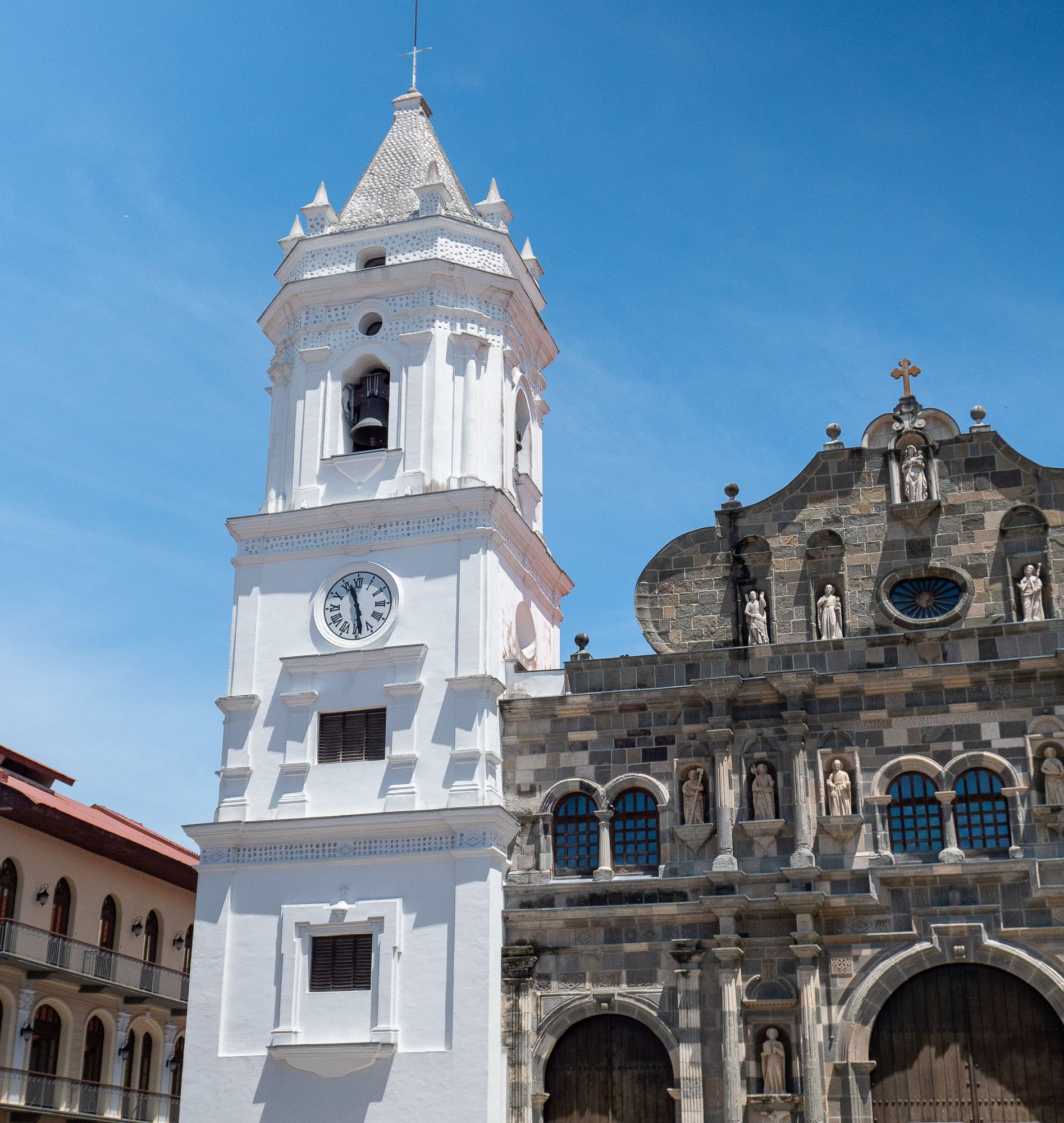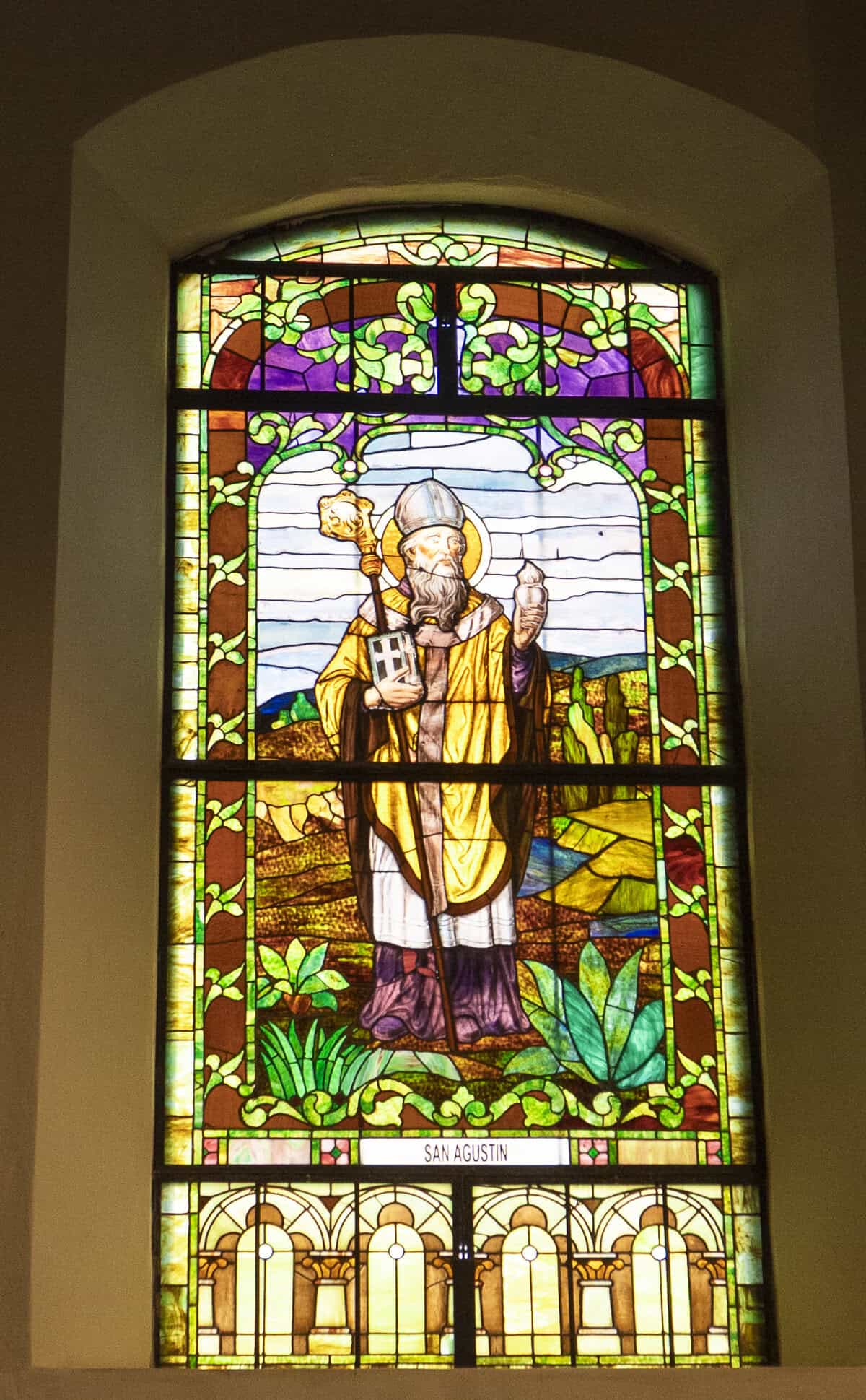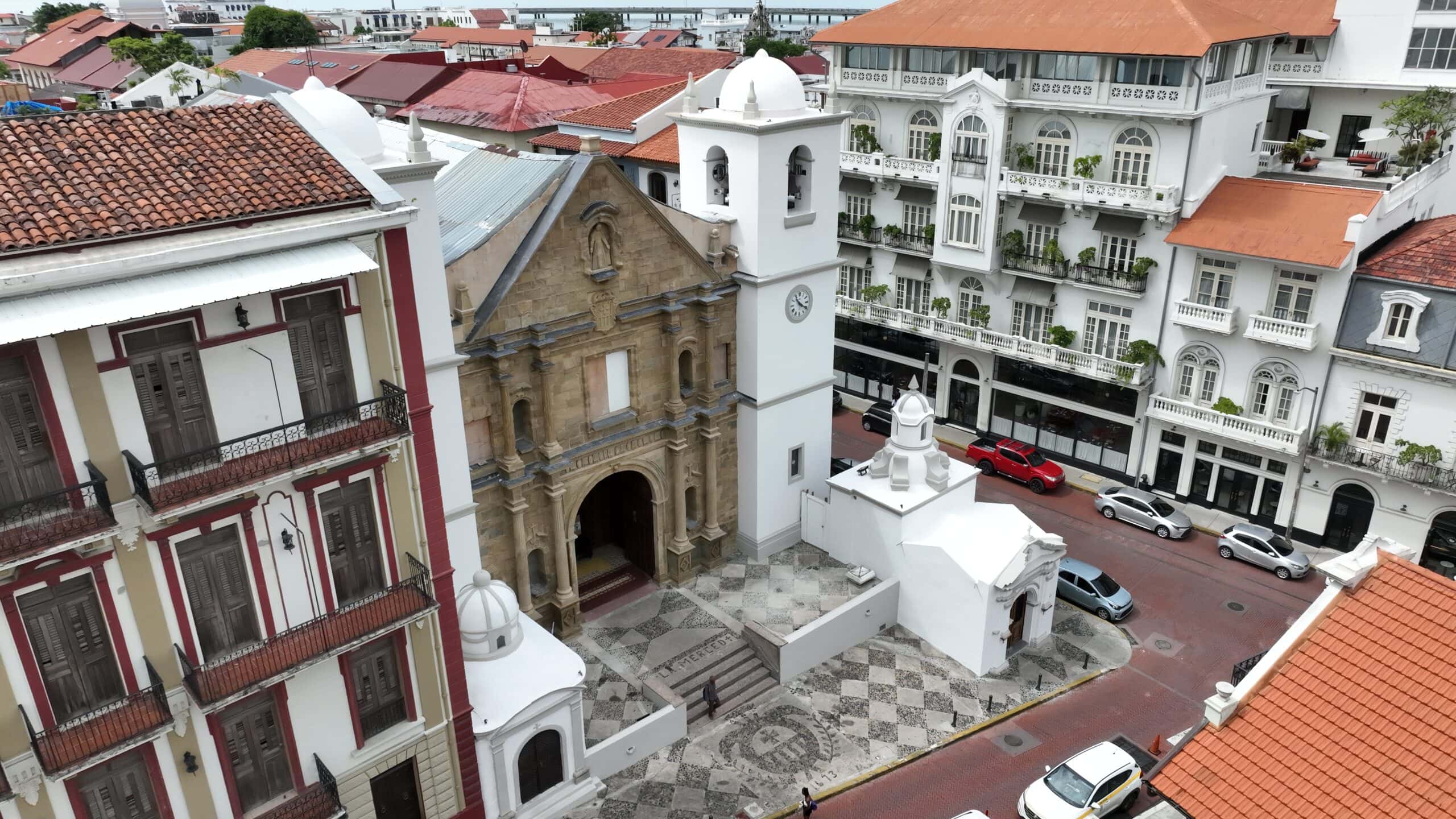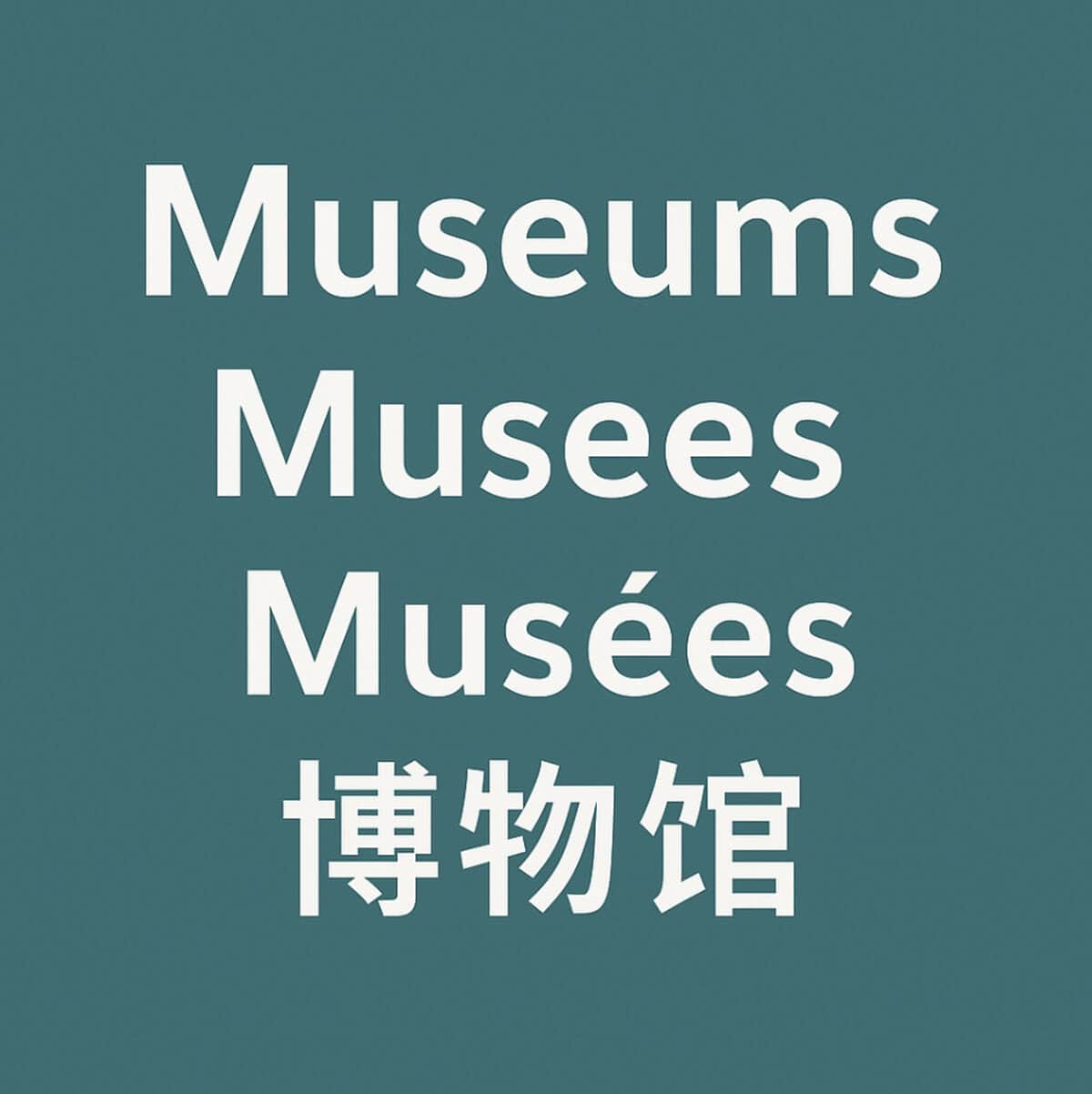Historic Churches of Casco Viejo: The Sacred Landmarks That Tell Panama’s Story
This Is Where It All Began
The Historic Churches of Casco Viejo (also known as San Felipe) tell the story of Panama in stone, gold, and candlelight. These sacred spaces shaped the heart of the old city and witnessed its rebirth after fire, invasion, and political change. Within a few walkable streets, faith and architecture sit side by side, layered with centuries of devotion, survival, and pride.
A Walking Legacy of Faith and Architecture
Across Casco’s narrow streets, you’ll find San José, San Francisco de Asís, and others each a different chapter in Panama’s evolution. The Metropolitan Cathedral, San José Church, San Francisco de Asís, Santo Domingo, San Felipe de Neri, Santa Ana, and La Merced each one is a different chapter in Panama’s evolution. Together, they create a quiet walking pilgrimage through beauty, worship, colonial wealth, community struggle, and national identity.
Casco Viejo’s churches are not just relics. Bells still ring over the plazas. Candles still burn beneath vaulted ceilings. Prayers still rise in whispered Spanish every morning. These places are alive. They’re loved. And they still matter.
The Metropolitan Cathedral — Heart of the Historic Churches of Casco Viejo
If you’ve ever stood in Plaza Mayor, you’ve felt it that calm pressure in the air. That’s the presence of the Metropolitan Cathedral. Built from stone salvaged from Panama Viejo, this cathedral blends ruin and refinement. Broad stone façade dominate the square not with noise, but with authority.
Step closer and you’ll see why many people call it the soul of Casco Viejo. The cathedral blends stone salvaged from the ruins of Panama Viejo with refined 18th-century colonial design. The restoration work brought it back from weather, neglect, and time, without polishing away its age. The result feels both eternal and wounded, which is exactly right for this city.
Inside, the light is soft. It drifts down across patterned floors and polished columns. You can almost hear a timeline: weddings of important families, national ceremonies, visiting dignitaries. In January 2019, Pope Francis held mass here during World Youth Day a global moment that reminded everyone that this cathedral isn’t just important to Panama. It sits on the world stage.
This is also one of the most photogenic buildings in the district. Morning light hits the bell towers. Evening light pools around the doors. You don’t have to be religious to feel something.




Iglesia de San José — The Golden Miracle of Casco Viejo
On first approach, San José looks modest. Plain white exterior. Simple doorway. Nothing dramatic. Then you step inside and the room hits you like warm light.
The Golden Altar glows in dark mahogany and heavy gold leaf. Legend says it survived pirate raids because priests painted it black and the feeling is real. Legend says it survived pirate raids because priests painted it black and told the invaders it was worthless wood. Whether the story is perfectly true or slightly embellished doesn’t matter. The feeling is real.
In the dim gold light, you see detail on detail carved angels, spirals, layered columns, ornament stacked on ornament. It speaks to a time when faith, wealth, and craftsmanship were all one thing.
But here is what matters most: San José is not a museum display. It is still a parish in active use. You’ll see neighbors lighting candles. You’ll hear quiet prayers. You’ll smell incense. You’ll feel that familiar Catholic hush, even if you’re not Catholic.
This balance deeply devotional, openly visited is rare. Treat it with respect. You are walking into someone’s living church, not just taking a picture of someone else’s treasure.
Iglesia de San Francisco de Asís — Elegance Reborn in Casco Viejo’s Historic
San Francisco de Asís stands near Avenida B, framed by palms and open air. The church has burned, cracked, and been rebuilt more than once. You can read that in its posture. It stands straight, but you sense the scars.
The current version is luminous white, beautifully proportioned, and quietly theatrical. The façade is graceful, and the interior often feels almost weightless. High, controlled light. Warm acoustics. Calm.
This is a favorite wedding church and you’ll understand why when you see the aisle. It also records sound beautifully. When there is sacred music, or even a single voice rehearsing, the entire nave fills evenly without echo. That acoustic quality is part of the experience.
Photographers love San Francisco de Asís because it has that “reborn” look. Restored, but not fake. Elegant, but not plastic. What you’re seeing is proof that Casco Viejo’s sacred buildings are not simply being held together they are being actively protected.
That matters for tourism, yes. But more than that, it matters for identity.




Iglesia de Santo Domingo de Guzmán — The Broken Arch That Built the Canal
Iglesia de Santo Domingo de Guzmán — The Broken Arch That Built the Canal Santo Domingo is different. Parts of it are gone. Parts of it survive. And the most famous piece of all is an accident of engineering that changed world history.
The arch known locally as the Arco Chato, or “Flat Arch” somehow stood for centuries with almost no visible support. Engineers and political leaders pointed to it as physical proof that Panama is geologically stable. That stability argument helped make the case for building the Panama Canal here, not somewhere else.
So, yes. A partially ruined colonial church helped alter global trade routes.
Standing in Santo Domingo, you feel the dignity of ruin. There is no polished finish. You see brick. You see collapse. You see age. But you also feel presence. The space says: “We endured. We’re still here.”
For many visitors, this is the first moment they realize Casco Viejo isn’t just pretty. It’s strategic. It always has been.




Iglesia de San Felipe de Neri — The Parish of Everyday Life in Casco Viejo
San Felipe de Neri sits quietly just off Plaza Bolívar. It will not fight for your attention. It will not blind you with gold. And that is exactly its strength.
This is an active, working parish where real life still happens. Weddings. Baptisms. Daily mass. Candle-lit prayers said softly and without performance. The façade is simple. The interior is intimate. It feels like a neighborhood church because it is a neighborhood church.
If you sit in the back pew for five minutes, you’ll understand Casco Viejo in a way no historical plaque can teach you. You’ll watch an older woman with a rosary. You’ll see a young couple kneel together before their civil wedding. You might hear someone practicing music ahead of evening service. It is personal, local, and deeply human.
San Felipe de Neri shows you the human side of Casco. Not just the architecture. Not just the money. The people.
Iglesia de Santa Ana — The People’s Church of Casco Viejo
Cross past the formal UNESCO core and you reach Plaza Santa Ana, historically a working-class area with a different rhythm louder, looser, more lived-in. There, you’ll find the Church of Santa Ana.
Santa Ana does not pretend. It does not try to be glossy. It stands honestly in front of its community. Built in the late 1800s, it became the spiritual anchor for families who didn’t hold political power but absolutely held the neighborhood together.
In Santa Ana, locals still come to light candles and mark milestones. The church stands honestly before its community unvarnished and real. You won’t always see polished stone or high drama in the architecture. What you will feel is belonging.
If you want to understand Panama not the brochure version, the real version you stop in Santa Ana and you listen.
Iglesia de La Merced — The Historic Church Where the City Was Reborn
Standing at the official entrance to Casco Viejo, just one block from the water, La Merced welcomes you with a façade that feels centuries older than the street it guards. This is the first building most visitors see and it’s the one that tells them they’ve stepped into history.
When the original city of Panama Viejo was attacked and burned in 1671, the faithful gathered stones from its ruins and carried them here to build anew. Those stones became La Merced not a replica, but a resurrection. It wasn’t an ending. It was the relocation of the city’s heart.
La Merced’s Museum Where Faith Meets Preservation
After years of restoration, The adjoining museum opens the story wider, revealing La Merced’s dual role as sacred space and cultural archive. Inside, the air smells faintly of wax and salt, and every prayer seems to linger in the acoustics, and endurance from the fall of Panama Viejo to the rebirth of Casco Viejo. Artifacts, liturgical garments, and archival images are displayed with modern lighting and careful narration. It’s a museum that breathes, not one that silences.
Inside the church itself, the mood turns intimate. Light filters through narrow windows; candles flicker low against ancient stone. The air smells faintly of wax and salt reminders that the sea, like faith, is always nearby. The acoustics amplify every quiet prayer. Compared with the Metropolitan Cathedral’s grandeur, La Merced feels personal, familiar, and deeply human.
Today, La Merced and its museum serve as symbols of Panama’s enduring spirit where faith meets preservation and the old city meets the new. The church’s restoration is not just cosmetic; it’s cultural stewardship. It tells the visitor, clearly and quietly: Panama didn’t just rebuild its capital it carried its soul here.
For anyone entering Casco Viejo, La Merced is the first handshake with history a place where devotion and design, museum and ministry, coexist under the same roof.




Faith, Fire, and Fortitude — What the Historic Churches of Casco Viejo Tell Us
Every one of Casco Viejo’s churches carries scars. Pirate raids. Earthquakes. Political upheaval. Economic neglect. Fire. Rain. Time and yet they still stand.
That alone is impressive. But what matters more is what that survival says about Panama: determination, loyalty to tradition, and a refusal to abandon beauty even in difficult years.
These are not just buildings. These are storytellers. The walls hold tales of colonial ambition, forced labor, independence, revolution, personal devotion, and modern restoration. The bells do not just mark the hour. They mark the era.
When you walk these streets, you are not looking at frozen history. You’re walking through something that is still alive.
Fast Facts Historic Churches of Casco Viejo
| Church | Key Feature | Built | Notable Fact |
| Metropolitan Cathedral | Twin bell towers and grand stone façade | 1796 (final) | Pope Francis held mass here in 2019 during World Youth Day |
| San José | Golden Altar | 1670s origins | Altar was said to be painted black to hide it from pirates |
| San Francisco de Asís | Elegant white restoration | 18th century | Rebuilt after multiple fires and structural collapses |
| Santo Domingo de Guzmán | The Flat Arch (Arco Chato) | 17th century | Arch was used as “proof” Panama was stable enough for the Panama Canal |
| San Felipe de Neri | Intimate working parish | 17th century | Still holds daily mass and local ceremonies today |
| Santa Ana | Community anchor in Plaza Santa Ana | Late 1800s | Historically served working-class families just beyond Casco’s core |
| La Merced | Stone façade from Panama Viejo ruins | 1680s rebuild | Among the oldest surviving churches in the district |
This table helps you plan your walk or build your shot list.
Plan Your Visit Q&A
Yes. Most churches are open daily, though hours and access can shift for mass, weddings, or maintenance. Mornings and late afternoons are best for respectful visits and best for photos.
There is no strict enforcement for tourists, but show basic respect. Shoulders covered is polite. Shorts are fine, but not nightclub shorts. Remember: many of these are active parishes, not staged attractions.
All seven are within comfortable walking distance. You can visit them in under two hours at an easy pace. If you slow down to listen, absorb, and photograph give yourself half a day.
Yes. San Felipe de Neri, La Merced, and Santa Ana hold regular mass. Visitors are welcome if they behave like guests, not audiences. That means no flash, no loud talking, and definitely no walking up the aisle during the homily.
Yes. Several local historians, cultural guides, and licensed tour operators offer walking tours focused on faith, architecture, and the story of early Panama. Many start in Plaza Mayor by the Metropolitan Cathedral and continue through the narrow streets toward La Merced.
Plan Your Visit Walking the Historic Churches of Casco Viejo
If you want your own self-guided route, start in Plaza Mayor at the Metropolitan Cathedral. From there, head toward San José for the Golden Altar, then continue to Santo Domingo to see the famous Flat Arch. Loop toward San Francisco de Asís, cross to San Felipe de Neri near Plaza Bolívar, and then decide: do you keep going out toward Santa Ana, or finish quietly at La Merced near the water?
Santa Ana gives you the people’s story. La Merced gives you the origin story. Both are worth it. Both feel honest.
You don’t need a bus. You don’t need a car. You need time, water, decent shoes for the cobblestones, and a little respect.
Why It Matters The Spirit of Casco Viejo’s Historic Churches
You can study architecture anywhere. You can scroll through photographs of colonial bell towers on your phone from a hotel bed. But feeling it that only happens here.
Casco Viejo is not a museum. It is a functioning neighborhood with layered faith and layered money and layered memory. These churches still host baptisms and weddings. They still hear confessions whispered in Spanish in the back pew. They still hold processions. They still ring bells to call people in, just as they did for generations.
Heritage is not just preservation. Heritage is active participation. Every candle lit today becomes part of the record. Every passing choir becomes part of the record. Every visitor who walks in quietly and walks out changed becomes part of the record.
That is why the Historic Churches of Casco Viejo are not just sacred spaces. They’re cornerstones of identity for Panama, for this district, and for anyone paying attention.
Final Thoughts The Historic Churches of Casco Viejo in the Present
The Historic Churches of Casco Viejo continue to shape daily life in this UNESCO district. Walk the streets in the late afternoon and you’ll see schoolchildren running past priests, brides posing for photographs on cathedral steps, and neighbors greeting each other in the shade of 300-year-old stone. This is living history. It has texture. It has volume.
Each church tells a survival story. When pirates burned Panama Viejo, people carried their saints here. When fire damaged sanctuaries, they rebuilt them. When buildings cracked, they restored them again instead of walking away. That is Panama. Persistent. Creative. Devoted.
Living Heritage Faith, Architecture, and the Spirit of Casco Viejo
If you have time, pair faith with context. Step from the Metropolitan Cathedral into the Canal Museum for a sense of trade and power, then wander toward La Merced before sunset. Stop at San Francisco de Asís and watch how the light hits the façade just before dusk. And if you’re staying nearby, consider a night at Hotel La Compañía– a former Jesuit block turned luxury hotel that still feels spiritually anchored, not just designed.
Casco Viejo is more than a sightseeing stop. It is a living archive of the country’s spirit, where faith, architecture, and artistry still inform daily life. The same resilience that built these churches is alive right now in the chefs, artisans, hoteliers, gallery owners, and families shaping the neighborhood’s next chapter.
If you want to go deeper, explore our guides to Museums in Casco Viejo, browse upcoming Events in Casco, plan where to stay with our Hotel Recommendations, or book one of our curated Casco Viejo Tours. This is how you do Casco properly — with respect, with curiosity, and with your eyes open.
- Return to the homepage for more stories and local insights
- Read more community features in Out and About with James
- Explore the roots of faith and tradition — visit our Cultural Heritage of Casco Viejo guide
Where to Stay in Casco Viejo
Discover the best hotels in Casco for recovery—quiet, stylish, and just minutes from Panama’s top clinics and hospitals.
View HotelsHealthy Dining for Recovery
Explore Casco’s best cafes and restaurants with clean, recovery-friendly menus that nourish without sacrificing flavor.
Explore DiningGentle Self-Guided Walks
Take a scenic stroll through Casco Viejo’s historic streets—perfect for movement, recovery, and reconnecting with the beauty around you.
View Tours
